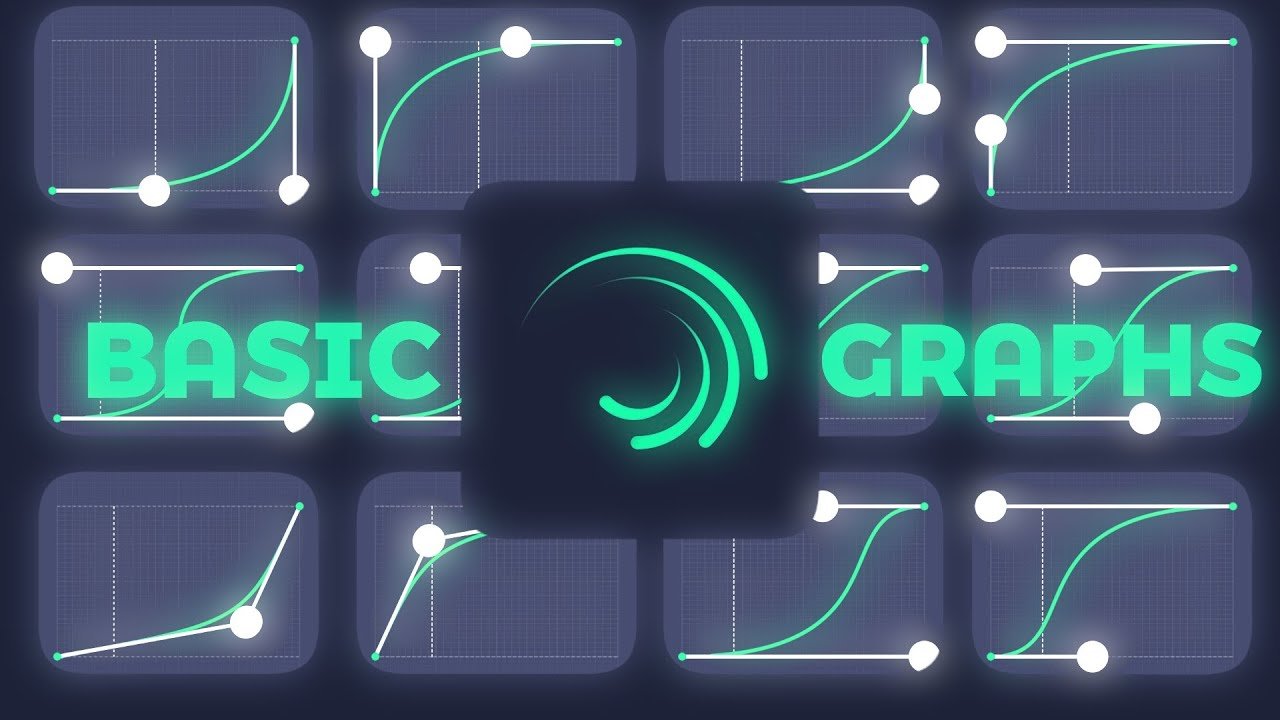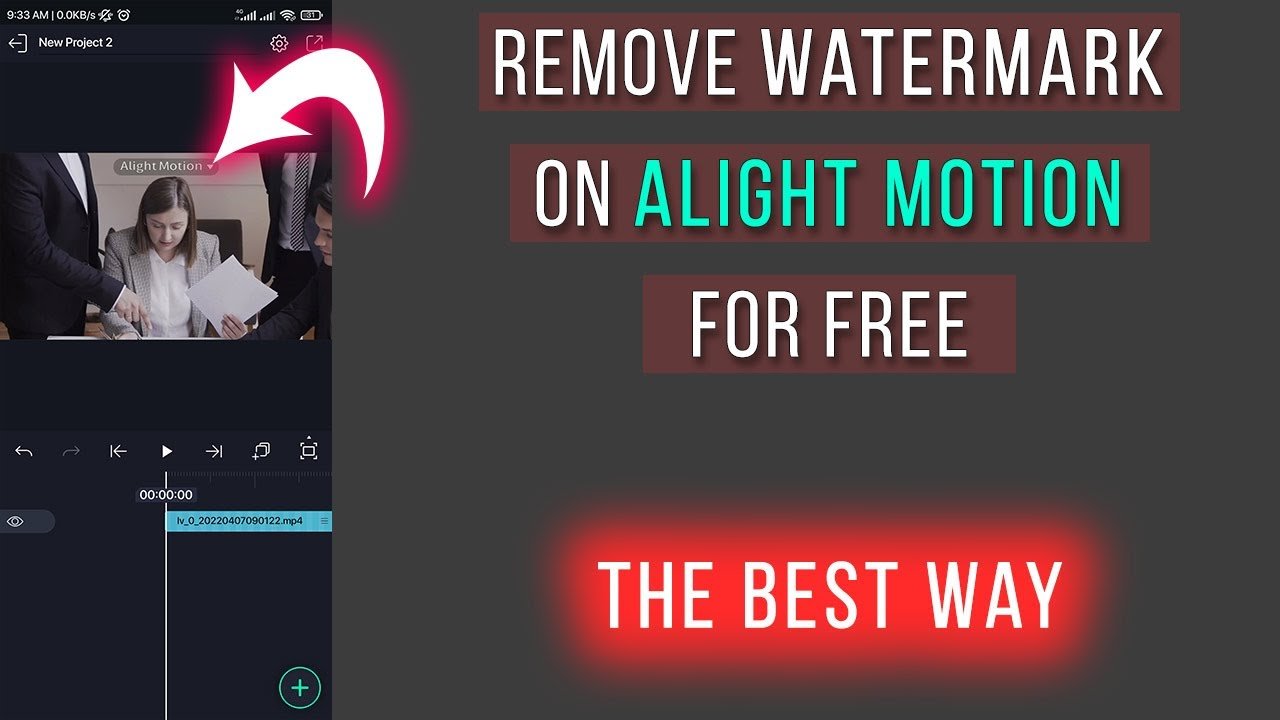Importing an XML file in Alight Motion on iOS is straightforward and quick. First, ensure you have your XML file saved on your device or accessible through a cloud service. Open Alight Motion and start a new project or select an existing one. Tap on the ‘+’ icon and choose ‘Import’ from the options. Browse to your XML file’s location and select it. Alight Motion will automatically integrate the file into your project, allowing you to continue your editing work seamlessly.
Table of Contents
How to Import XML File in Alight Motion iOS
Importing XML files into Alight Motion on iOS devices can be a game-changer for anyone looking to enhance their video editing skills. Whether you’re a beginner or a seasoned editor, understanding how to seamlessly integrate XML files into Alight Motion will help you achieve professional-looking results with ease. Additionally, if you’re interested in how to make transitions on Alight Motion, this guide will cover that as well. In this comprehensive guide, we’ll walk you through each step, ensuring that you grasp the process thoroughly.
Understanding XML Files in Video Editing
Before diving into the process of importing XML files, it’s essential to understand what XML files are and why they are useful in video editing.
What are XML Files?
XML (eXtensible Markup Language) files are plain text files that store data in a structured format. In the context of video editing, XML files can hold important information such as:
- Project Structure
- Clip Details
- Timing Information
- Effects and Transitions
This makes XML files a valuable asset for transferring project data between different editing platforms without losing critical information.
Why Use XML Files in Alight Motion?
Using XML files in Alight Motion offers several benefits:
- Easily move projects from other editing software to Alight Motion.
- Maintain the integrity of your project’s structure and effects.
- Save time by importing project details without manual re-entry.
Understanding these benefits can help you appreciate the utility of XML files in your video editing workflow.
Step-by-Step Guide to Import XML Files into Alight Motion on iOS
Now, let’s delve into the nitty-gritty of importing XML files into Alight Motion on your iOS device. Follow these steps to ensure a smooth process.
Step 1: Prepare Your XML File
Before importing, ensure your XML file is properly formatted and stored on your iOS device. You can transfer the XML file via several methods:
- Send the file to yourself and open it on your iOS device.
- Use services like iCloud, Google Drive, or Dropbox to store and access the file.
- Transfer the file from another Apple device directly to your iOS device.
Ensure the file is easily accessible in a folder you can locate quickly.
Step 2: Open Alight Motion
Launch the Alight Motion app on your iOS device. If you haven’t installed it yet, download and set up the app from the App Store.
Step 3: Access the Import Menu
Once you are in the Alight Motion app, follow these steps to access the import menu:
- Open your project or create a new one.
- Tap the **+** icon located at the bottom of the screen to open the **Add New** menu.
- Select **Import** from the list of options.
This will direct you to the import screen where you can access files stored on your device.
Step 4: Locate and Select Your XML File
In the import screen:
- Navigate to the folder where your XML file is stored.
- Tap on the XML file to select it.
- Confirm your selection to begin the import process.
Alight Motion will start processing the XML file and integrating its data into your project.
Step 5: Verify the Import
After importing the XML file, it’s crucial to verify that all data has been accurately transferred. Here are some things to check:
- Ensure that all clips, layers, and sequences are correctly placed.
- Check that the timing of clips and transitions matches the original project.
- Confirm that all effects and transitions are applied as intended.
Make necessary adjustments if you notice any discrepancies.
Tips for a Smooth Import Process
To make the process of importing XML files into Alight Motion as smooth as possible, consider these helpful tips:
Keep Your XML Files Organized
Store your XML files in a dedicated folder for easy access. This can save you time and prevent frustration when searching for the correct file.
Regularly Update Alight Motion
Ensure you are using the latest version of Alight Motion. Updates often include bug fixes and improved features that can enhance the import process.
Use Compatible XML Formats
Make sure your XML file is compatible with Alight Motion. Not all XML formats are universally supported, so check the documentation for specific compatibility requirements.
Backup Your Projects
Always create backups of your original projects before importing XML files. This precaution can save you from potential data loss or corruption during the import process.
Troubleshooting Common Issues
Sometimes, you may encounter issues while importing XML files into Alight Motion. Here’s how to troubleshoot some common problems:
Invalid XML File Format
If you receive an error indicating that the XML file is invalid:
- Ensure the file is not corrupted or incomplete.
- Confirm that the XML file format is supported by Alight Motion.
Missing or Incorrect Data
If some project data appears to be missing or incorrect after import:
- Try importing the XML file again to see if the issue resolves.
- Manually fix any discrepancies within Alight Motion.
App Crashes During Import
If Alight Motion crashes during the import process:
- Ensure you are using the latest version of Alight Motion.
- Restart your iOS device and attempt the import again.
Being aware of these common issues and knowing how to address them can save you time and ensure a smoother workflow.
Advanced Techniques for XML File Management
For more experienced users, there are advanced techniques to further streamline the process of working with XML files in Alight Motion.
Customizing XML Files
You can customize XML files to better suit your project needs. This might involve:
- Modify metadata to ensure the file imports exactly as needed.
- Adjust settings for effects and transitions directly within the XML file.
Scripting for Automation
For those with coding knowledge, scripting can automate repetitive tasks:
- Write scripts to import multiple XML files at once.
- Create scripts to apply specific adjustments to each imported file.
Implementing these advanced techniques can significantly enhance your workflow efficiency.
By following this comprehensive guide, you will gain a thorough understanding of how to import XML files into Alight Motion on iOS. With practice, you’ll be able to streamline your video editing process, ensuring you create high-quality content with ease.
Frequently Asked Questions
Why is my XML file not importing in Alight Motion?
If your XML file is not importing, it might be due to incorrect formatting or an unsupported version of the file. Double-check the file structure and ensure it meets the requirements set by Alight Motion. Additionally, verify your app is updated to the latest version.
Can I edit the imported XML file directly in Alight Motion?
Once you import the XML file into Alight Motion, you can edit its content directly within the app. You can make adjustments to keyframes, effects, motion graphics, and other elements as needed.
Do I need an internet connection to import XML files in Alight Motion?
You do not need an internet connection to import XML files into Alight Motion, as the import process occurs locally on your device. Ensure the file is readily accessible on your iOS device before attempting to import it.
Final Thoughts
Importing an XML file in Alight Motion iOS is straightforward. Open the app and create a new project. Tap on the ‘Import’ button and select the XML file from your device. Once imported, you can easily edit and manipulate the elements within Alight Motion. Follow these steps to seamlessly integrate your XML files into your projects.



